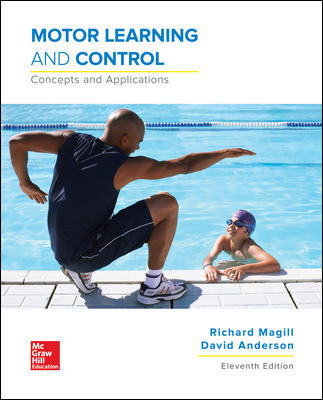Motivation Theory Research And Application, International Edition, 6th Edition by Herbert L – Test Bank
CHAPTER 4 – Instructor’s Manual
Physiological Mechanisms of Regulation
Chapter Preview
This chapter is concerned with the following questions:
1. What brain structures appear to control hunger, thirst, sexual motivation, and aggression?
2. What do anorexia and bulimia suggest about the homeostatic control of eating?
3. What factors have been proposed as important in the development of obesity?
Chapter Outline
What Do We Eat: Taste and Smell as Gatekeepers
Why do We Eat?
What Determines How Much We Eat?
Sensory Specific Satiety
Basic Metabolism
Local Theories
Central Theories
Homeostatic Regulation
Regulation of Hunger
Short-Term Regulation
The Glucostatic Theory of Hunger
Peripheral Detectors for Short-Term Regulation
Stomach
Ghrelin and Obestatin
Duodenum
Liver
Pancreas
Long-Term Regulation
Set-Point Theory: A Lipostatic Theory of Hunger
Leptin and Insulin
Energy Regulation: Two Processes or One?
Nonhomeostatic Eating Behavior
Failure of Regulation
Anorexia Nervosa
Cross-Cultural Evidence of Anorexia
Neurobiology of Anorexia
The Serotonin Hypothesis
Heredity Factors
Brain Structures Involved in Anorexia
Bulimia Nervosa
Theories of Bulimia
Physical Factors
Obesity
Obesity Explanations
Adaptiveness Gone Wrong
Genetic Predisposition
Obesity as Maintaining Obesity
The Role of Habituation in Obesity
Obesity as Addiction
Stress
Hunger Regulation Reconsidered
Regulation of Thirst
Mouth Factors
Extracellular and Intracellular Mechanisms
The Kidney
Osmometric Thirst
Volumetric Thirst
Nonhomeostatic Drinking
Inhibitory Control of Drinking
Regulation of Sexual Motivation
Sex Hormones: Organization and Activation
Sexual Dimorphism
Hypothalamic Regulation of Sexual Behavior
Regulation of Aggressive Motivation
The Limbic System
Types of Aggression
Class Lecture Ideas
1. Basic Metabolism
It is useful to start this topic with a lecture on metabolism. Include the types of food, the digestive process, and general principles of metabolism. This helps students appreciate the complexity of eating.
2. Theories of Hunger
Compare the early local theories of hunger (Cannon and Washburn) to the central theories that emphasized the role of the brain in initiating and stopping eating.
You can review the theories of regulation, including short-term and long-term regulation. Discuss the early research suggesting that the ventromedial hypothalamus was the “off” switch and the lateral hypothalamus was the “on” switch, and research indicating it was not quite as easy as this. Include the glucostatic theory of hunger and the lipostatic theory.











